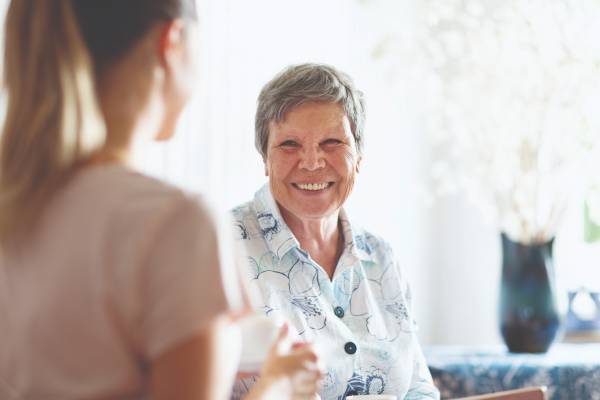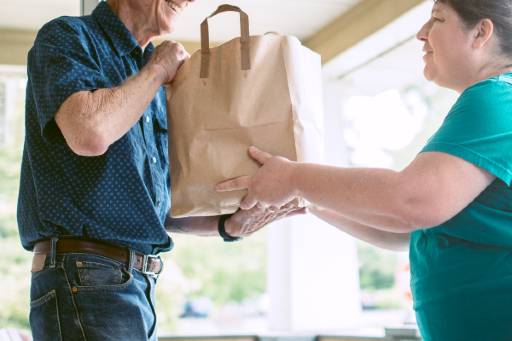
What Does Assisted Living Provide?
Understanding the difference between independent living and skilled nursing is straightforward: Independent living is for older adults who can live on their own with minimal assistance, while skilled nursing is for those who require constant professional care. For those in between, assisted living offers a perfect balance, providing both independence and the necessary support for a fulfilling lifestyle. Here’s what you need to know about the unique benefits and services assisted living offers seniors.
What is Assisted Living?
Assisted living communities offer a blend of personal independence and the support seniors need for a fulfilling lifestyle. By bridging the gap between living alone and more advanced skilled nursing or specialty care, these communities provide a mix of autonomy and assistance.
Residents in these communities can look for the features most important to their desired way of life including:
- Private residences with access to amenities and services
- Nutritionally balanced meals across various dining options
- Engaging social activities and cultural events
- Regular housekeeping, maintenance, and laundry services
- Opportunities to stay active such as outdoor gardens, arts and crafts rooms, fitness centers, and more
This balance of support and independence ensures that seniors enjoy a fulfilling and engaging lifestyle while having access to the care they need—even if their needs change over time. These communities meet residents’ physical needs while enriching their lives socially, intellectually, and spiritually.

Benefits of Assisted Living
Assisted living communities are dedicated to offering customized support to ensure each resident can live life to its fullest. By focusing on these critical areas of daily life, assisted living communities provide a supportive space that encourages independence while offering the necessary care and assistance for a high quality of life.
Personalized Care Plans
Adjusting services as residents’ needs evolve is a cornerstone of assisted living. Through comprehensive assessments, care plans are tailored to meet individual needs. This approach helps ensure that each resident receives the right level of support at the right time.
Assistance with Activities of Daily Living (ADLs)
From hygiene and dressing to transferring, toileting, continence, and feeding, assisted living provides help with the essential activities of daily living. This support empowers residents to maintain as much independence as possible while ensuring their needs are met.
Medication Management and Dietary Guidance
Ensuring the health and wellness of residents is a top priority, which is why assisted living includes medication management and nutritional support. Professional staff work to ensure that medications are taken safely and that dietary needs are met, contributing to the overall well-being of residents.
Is It Time for Assisted Living?
Deciding on assisted living involves recognizing signs like increased isolation, difficulty managing daily tasks, or changes in health that necessitate professional oversight. If these signs are evident, an assisted living community might be the right step forward.
This transition can significantly improve your loved one’s quality of life, offering you and your family peace of mind, knowing that care and support are always available. It’s also an opportunity for your loved one to join a community where social engagement and activities are tailored to seniors, creating a sense of belonging and enhancing overall well-being.
Why Choose A Luxury Assisted Living Community?
Finding a community that stands out for its luxurious offerings and comprehensive care is crucial when exploring assisted living options. At Abbey Delray, we offer a premier assisted living community that understands the importance of balancing independence with the necessary support in senior living.
To discover more about how our top-tier assisted living community can cater to your needs or those of your loved one, contact us for more information and to schedule a visit. Discover why choosing a premier assisted living community can be the best decision for a better tomorrow.

